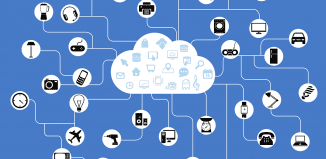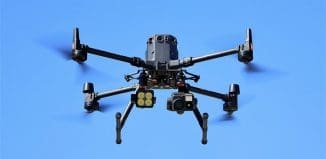Security Technologies and the Model of Security
This post is also available in:  עברית (Hebrew)
עברית (Hebrew)
 By Shavit Or, Strategy 360
By Shavit Or, Strategy 360
Part 1 of 2
Advanced technological security systems are an important element in an overflowing world that faces rising, sophisticated violence on the streets (safe city) and online (cyber). Technology provides authorities with a wide variety of capabilities that improve the complex process of dealing with constantly multiplying security challenges. Millions of cameras spread around the world are only the tip of the iceberg, allowing for documentation, analysis, processing, storing and accessing existing information. The main challenge, however, is not just using the information after the fact as part of an investigation into the incident, but helping to avoid, deter and provide a solution to incidents.
Security systems offer clients the best technologies, command and control systems, data analysis systems, advanced cameras with night vision, constantly growing visual ranges, high resolutions and even video analysis that allows more efficient management of the flood of information. There’s no doubt it’s an array of capabilities that enables more efficient and active harnessing of the technologies in the service of law enforcement and personal security. A variety of activities affect public safety and way of life and are connected to technologies – border security, public order, theft, roberries, traffic safety and transportation security, urban vandalism, street crime and even all sorts of internet-related offenses. All these have a “signature” that can be detected and located through the various systems. The question is how can we use these capabilities to improve the efficiency of real time response?
iHLS – Israel Homeland Security
The answer lies in developing a security model that integrates needs, capabilities and resources: A sinergy of all three. Most of today’s systems are used after the fact, however. The speeding ticket is given after the offending driver commits the act, a group of youths committing vandalism is recorded by the system, and so are the incidental robber, the rampaging vehicle and more. All these require lengthy searches in order to precisely time the incident, locate the relevant visual records and use them as evidence in the legal process. Law enforcement agencies will be able to identify and locate suspects using the data, while the judicial system will be able to use the same information to bring them to justice. Despite all the advancements, however, these days we need to improve skills and capabilities – by incoporating model, work process and technology – in order to improve efficiency and provide real time solutions to incidents, thereby improving public security in general.





























